How to Extend the Lifespan of Your 36v Lithium Battery: Tips and Tricks
Table of Contents
- Understanding the Basics of 36v Lithium Battery Chemistry
- Optimal Charging Practices for Extended Battery Life
- Temperature Management: Keeping Your Battery Cool
- Routine Maintenance Tips for Longevity
- Best Storage Techniques for Inactive Batteries
- Signs of Battery Wear: When to Replace Your Lithium Battery
- FAQS
- Conclusion
- Related Posts
The proper maintenance and care of your 36v Lithium Battery can significantly extend its lifespan, ensuring optimal performance for various applications, from electric bicycles to household energy storage systems. According to industry reports, lithium batteries can last anywhere from 2 to 10 years depending on usage and maintenance practices.
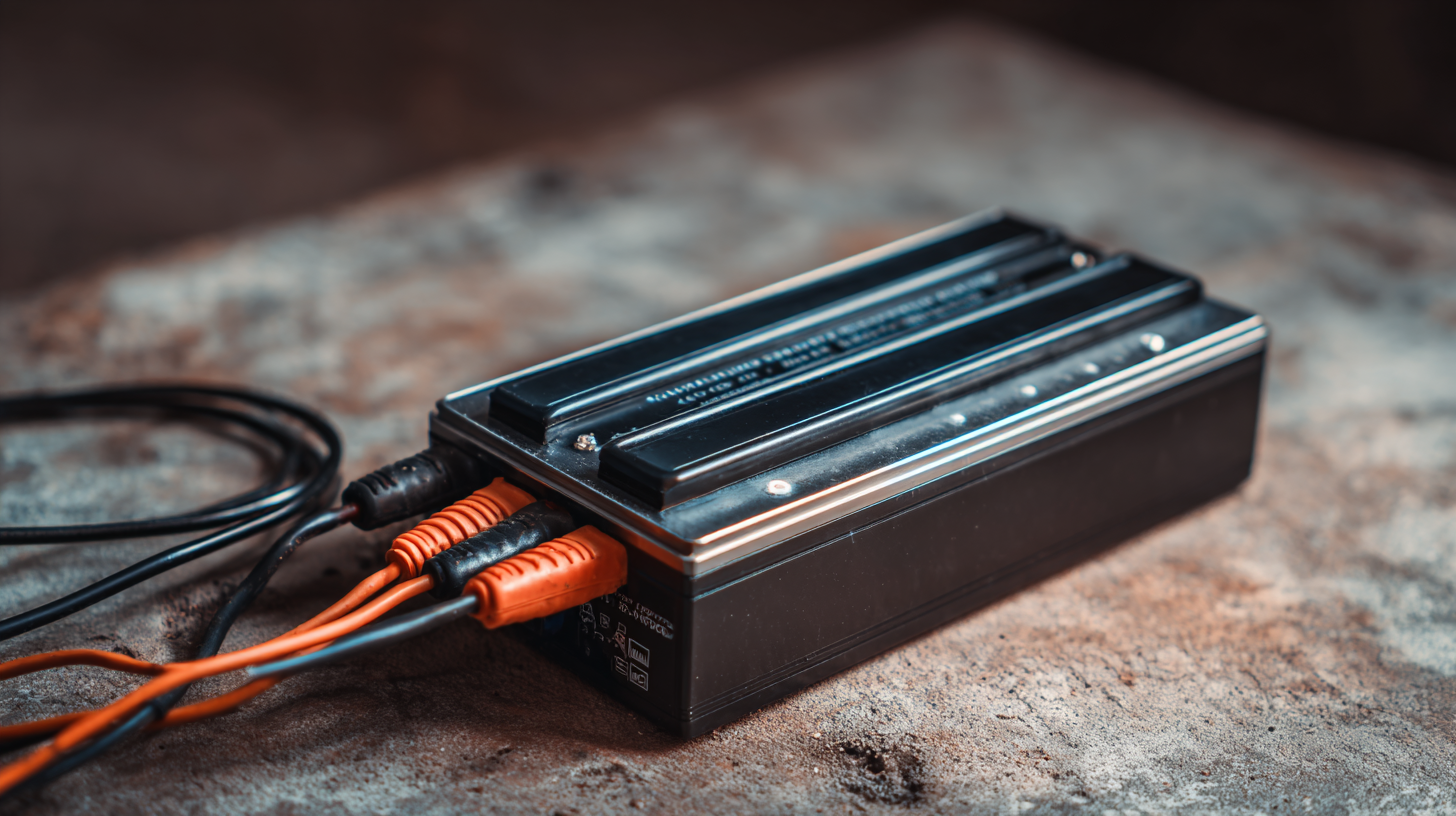
Roofer Electronics Technology (Shanwei) Co., Ltd., with over 27 years of expertise in R&D and manufacturing, highlights the importance of adopting effective techniques to enhance battery longevity. By implementing strategic charging habits, temperature control, and regular maintenance checks, users can maximize the service life of their 36v Lithium Battery while benefiting from the extensive applications in which these batteries are utilized, including power tools and lighting fixtures. As the demand for reliable energy storage solutions continues to grow, understanding how to care for these crucial components becomes increasingly vital.
Understanding the Basics of 36v Lithium Battery Chemistry
Understanding the fundamentals of 36v lithium battery chemistry is crucial for anyone looking to maximize the performance and longevity of these power sources. Lithium batteries operate on the principles of electrochemistry, where lithium ions move between the anode and cathode during charge and discharge cycles. This movement is facilitated by a liquid or gel-like electrolyte, making it essential to maintain proper temperature and charging practices to prevent thermal runaway and ensure optimal performance.
Another important aspect of lithium battery chemistry is the concept of cycle life, which refers to the number of complete charge and discharge cycles a battery can undergo before its capacity significantly deteriorates. Factors such as depth of discharge (DoD) and charging rates greatly influence cycle life. Keeping your 36v battery within a moderate DoD—ideally between 20-80%—and using a quality charger can enhance its lifespan. Understanding these chemical principles not only helps in making informed decisions about usage and maintenance but also empowers users to implement best practices that extend the effective life of their batteries significantly.
How to Extend the Lifespan of Your 36v Lithium Battery: Tips and Tricks - Understanding the Basics of 36v Lithium Battery Chemistry
| Tip | Description | Benefits | Frequency |
|---|---|---|---|
| Maintain Proper Charge Levels | Keep your battery charged between 20% and 80% to avoid deep discharging. | Prolongs battery life and enhances performance. | Every charge cycle |
| Temperature Control | Store and use your battery in temperatures between 32°F and 86°F (0°C to 30°C). | Reduces risk of thermal runaway and improves battery stability. | Continuous |
| Avoid Overcharging | Use chargers designed for lithium batteries and monitor charging times. | Prevents damage to battery cells and extends lifespan. | Every charge cycle |
| Perform Regular Maintenance | Inspect terminals and connections for corrosion and clean as needed. | Ensures optimal conductivity and battery health. | Monthly |
| Store Properly | If not in use, store battery at around 50% charge in a cool, dry place. | Prevents capacity loss and degradation. | If not in use for extended periods |
Optimal Charging Practices for Extended Battery Life
When it comes to extending the lifespan of your 36v lithium battery, optimal charging practices play a crucial role. One key recommendation is to avoid charging the battery to its full capacity continuously. Keeping the charge between 20% and 80% can significantly enhance the health of the battery over time. Just like smartphone batteries, lithium batteries can benefit from partial charges rather than letting them drop to empty or charging to maximum frequently. This practice helps reduce stress on the battery and minimizes degradation.
Additionally, consider investing in certified chargers that are compatible with your battery type. Using low-quality or non-certified chargers can lead to inefficient charging and potentially harm the battery's lifespan. Moreover, it’s advisable to avoid exposing the battery to extreme temperatures during charging. Both heat and cold can adversely affect battery performance and longevity. By implementing these optimal charging practices, you can maximize the performance and lifespan of your 36v lithium battery, ensuring it serves you well for years to come.

Temperature Management: Keeping Your Battery Cool
Temperature management plays a crucial role in extending the lifespan of your 36v lithium battery. High temperatures can accelerate chemical reactions within the battery, causing it to degrade more quickly. Ideally, lithium batteries should be kept at temperatures between 20°C and 25°C (68°F to 77°F). If exposed to excessive heat for prolonged periods, you may notice a decrease in performance and a shorter lifespan. Therefore, it is essential to store and operate your battery in a cool, dry environment.
To mitigate heat buildup during use, consider implementing cooling strategies. One effective method is to avoid charging your battery immediately after heavy use, as it may still be warm. Instead, allow it to cool down before starting the charging cycle. Additionally, ensure that your battery is adequately ventilated during use. Using a battery cover or enclosure with heat-dissipating properties can help maintain optimal temperatures. Monitoring the battery’s temperature regularly can lead to proactive measures, ensuring a healthier, longer-lasting battery solution.
Temperature Management: Impact on 36v Lithium Battery Lifespan
Optimal temperature management is crucial for extending the lifespan of your 36v lithium battery. This chart shows the relationship between temperature and battery performance, illustrating how high temperatures can significantly reduce battery lifespan.
Routine Maintenance Tips for Longevity
To extend the lifespan of your 36v lithium battery, routine maintenance is key. Similar to maintaining a vehicle or household appliances, regular checks can significantly enhance performance and longevity. Start by ensuring your battery is stored in a cool, dry place when not in use. High temperatures can degrade battery efficiency, so monitoring the environment where the battery is kept is crucial. Additionally, it’s important to keep the battery terminals clean and free of any corrosion, which can impede electrical flow and damage the battery over time.
Regularly charging your battery can also help prolong its life. Lithium batteries prefer to be kept topped off; avoid letting them discharge completely before recharging. While it’s tempting to wait until the battery is nearly empty, this practice can lead to decreased capacity over time. Furthermore, adopting a cycle of partial discharges and recharges instead of full cycles can maintain optimal performance. Lastly, consider using a battery management system to monitor the health of your battery, as this can provide insights into any issues early on, ensuring you can take corrective measures promptly.
By incorporating these maintenance tips, you can effectively extend the lifespan of your lithium battery and enhance its performance.
Best Storage Techniques for Inactive Batteries
When it comes to maximizing the lifespan of your 36v lithium battery, proper storage techniques play a crucial role, especially when the battery is inactive. One of the most effective methods is to store the battery in a cool, dry place. High temperatures can accelerate chemical reactions inside the battery, leading to reduced capacity and longevity. Ideally, keep the battery in an environment where the temperature remains between 20-25°C (68-77°F) to ensure optimal performance.
Another important tip is to maintain the battery's charge level before storage. Lithium batteries are best stored at around 40-60% charge. Fully discharging or completely charging the battery can strain its cells and shorten its lifespan. A periodic check on the battery's charge level during long-term storage is recommended, as this will help prevent it from dropping to critical levels that could render it unusable.
Lastly, while storing, consider using a protective case or cushion to avoid physical damage. Vibration or impact can affect the internal components of the battery, so providing a secure environment is essential. By implementing these storage techniques, you can ensure that your 36v lithium battery remains in excellent condition for when you need it next.
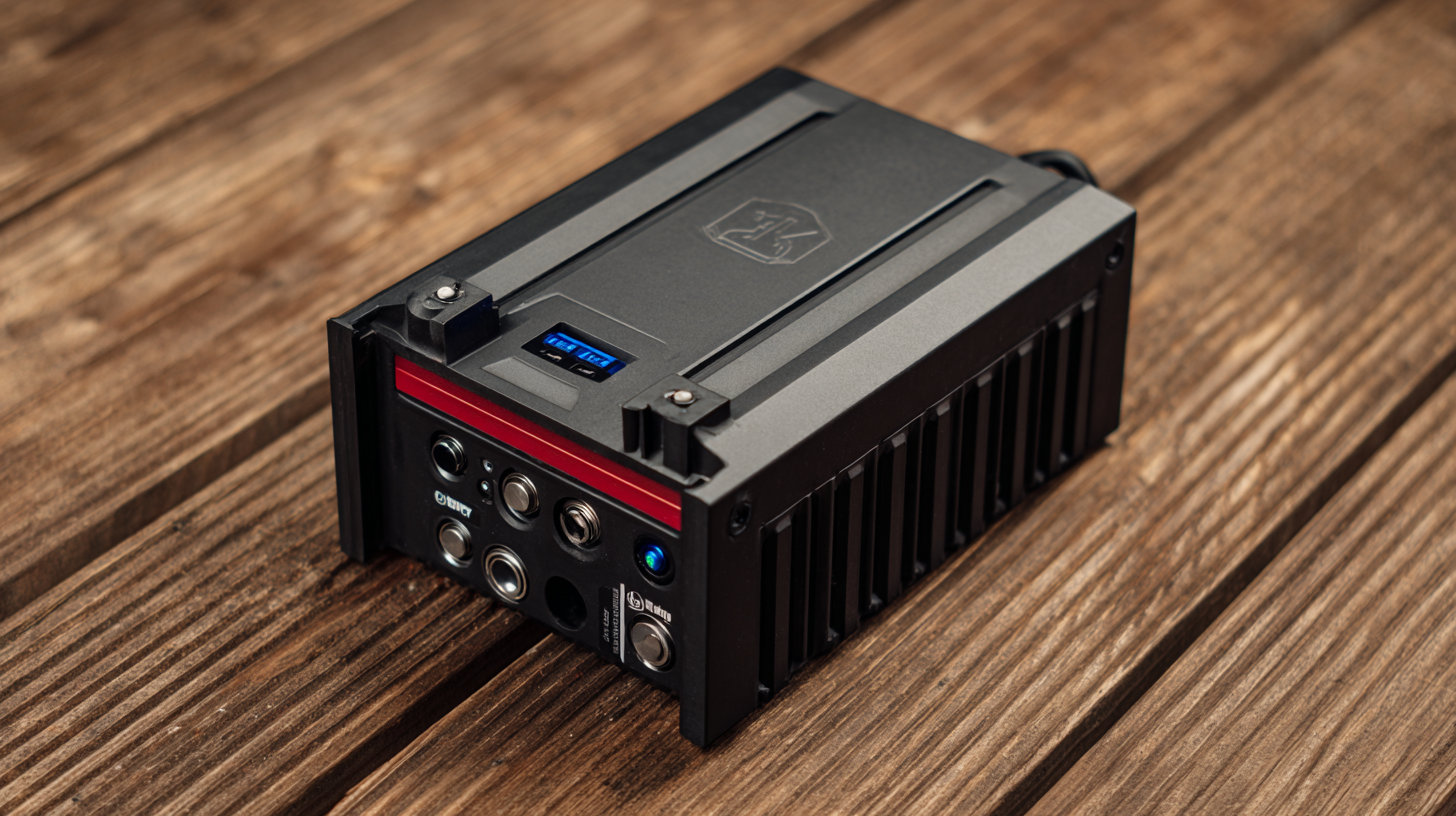
Signs of Battery Wear: When to Replace Your Lithium Battery
When it comes to extending the lifespan of your 36v lithium battery, recognizing the signs of battery wear is crucial. One of the first indicators that your battery may need replacement is a notable decrease in performance. If you notice that the battery charges more slowly or discharges quicker than it used to, it may be time to consider a new one. Additionally, physical signs such as bulging or leakage can signal serious issues; these should never be ignored as they pose safety risks.
To ensure your battery lasts as long as possible, practice regular maintenance. Keep the battery clean and dry, avoiding exposure to extreme temperatures which can accelerate degradation. Moreover, avoiding complete discharges before recharging can help maintain the battery's health. Using the battery within its recommended capacity range not only improves performance but can also mitigate risks associated with battery failures, such as overheating or fires, which unfortunately can occur with degraded lithium-ion batteries.
FAQS
: The optimal charging range for a 36v lithium battery is between 20% and 80% to enhance its health over time.
Fully charging a lithium battery continuously can lead to stress on the battery, increase degradation, and ultimately reduce its lifespan.
It is advisable to use certified chargers that are compatible with your battery type to ensure efficient charging and to protect the battery's lifespan.
Extreme temperatures, both hot and cold, can adversely affect the battery's performance and longevity, so it's best to avoid exposing the battery to such conditions during charging.
The ideal storage temperature for inactive lithium batteries is between 20-25°C (68-77°F) to maximize performance and longevity.
Lithium batteries are best stored at around 40-60% charge to avoid straining the cells and shortening the battery’s lifespan.
It is recommended to periodically check the charge level of a stored battery to prevent it from dropping to critical levels that could make it unusable.
Using a protective case or cushion can help avoid physical damage to the battery, as vibration or impact can affect its internal components.
Fully discharging a lithium battery before storage can strain its cells and shorten its overall lifespan.
Storing the battery in a cool, dry place prevents high temperatures that can accelerate chemical reactions, leading to reduced capacity and longevity.
Conclusion
In today's world, maximizing the lifespan of your 36v Lithium Battery is crucial for ensuring optimal performance in various applications, from electric bicycles to household energy storage systems. Understanding the fundamentals of lithium battery chemistry is key, as it sets the foundation for adopting best practices in charging and temperature management. By implementing optimal charging practices, keeping the battery cool, and performing routine maintenance, users can significantly enhance battery longevity.
Furthermore, proper storage techniques for inactive batteries and awareness of signs of wear can help in determining when a replacement is necessary. With over 27 years of expertise in lithium battery solutions, Roofer Electronics Technology (Shanwei) Co., Ltd. is committed to providing reliable products and guidance to ensure that your 36v Lithium Battery remains efficient and durable for years to come.
Related Posts
-
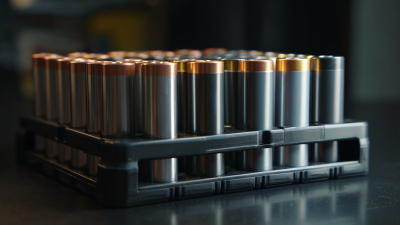
How to Optimize Your Lifepo4 Battery Rack for Maximum Efficiency
-
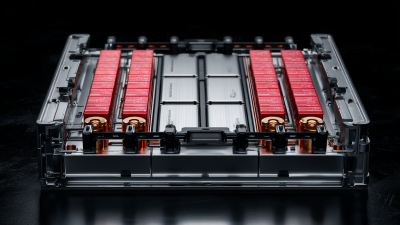
Why Lithium Iron Phosphate Batteries Stand Out Among Other Battery Technologies
-

Ultimate Guide to Understanding Li Ion Pack Technology and Its Market Potential
-
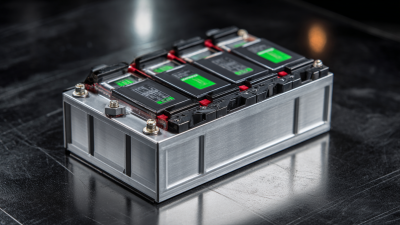
Understanding the Industry Standards for Best 12v Lithium Iron Battery Production
-
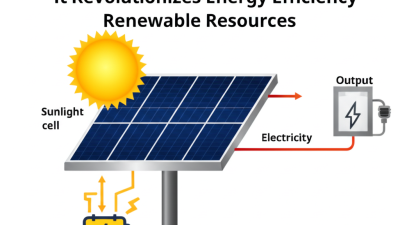
What is a Solar Cell Generator and How It Revolutionizes Energy Efficiency in Renewable Resources
-
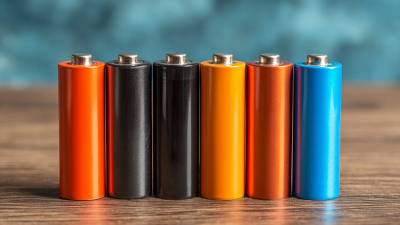
Ultimate Guide to Understanding Lifepo4 Battery Cell Technology and Its Benefits for Modern Energy Solutions





 business@roofer.cn
business@roofer.cn +86 13502883088
+86 13502883088






